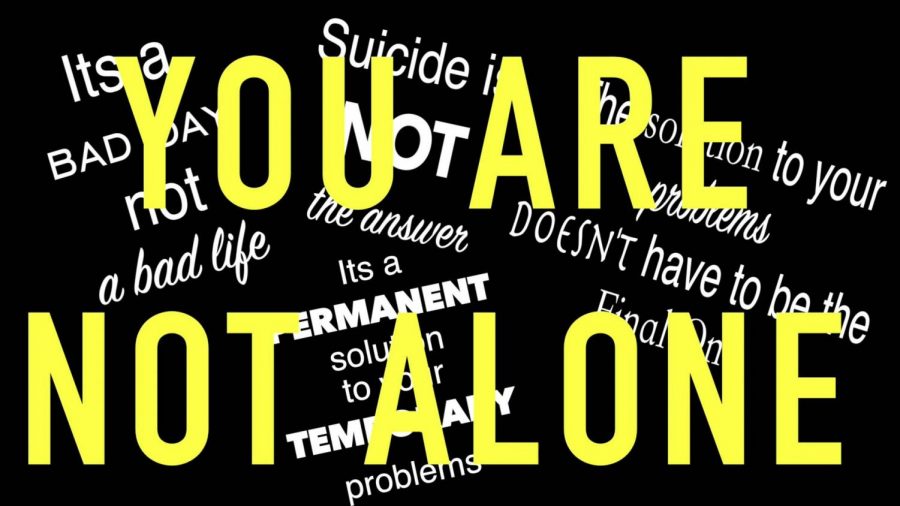Teen Suicide
January 11, 2018
We are all for the most part born the same with two eyes, ears, a nose, a mouth, but yet we are all individually different. It’s okay to be individually different; it’s more than okay, actually it is terrific. Being in high school though usually means you are in the age range from 14 to 18 years old. It is a fact that between these ages, we are the most insecure about ourselves and tend to judge others. A friend recommended a book to me called Tribe written by Sebastian Junger. In it he states that tribal society experienced minimum death by suicide. This is due to the self-determination theory which states that there are three things that us as human beings need to be content: we need to feel competent at what we do; we need to feel authentic in our lives; and we need to feel connected to others. Those are all considered “intrinsic” values. “Extrinsic” values are the opposite such as beauty, money, and status. Funny how high school today practically promotes the extrinsic values instead of the intrinsic values.
According to the American Foundation of Suicide protection, one in twenty-four people under the age of 20 commit suicide. The top three methods are firearms, suffocation, and poisoning, in that order. Suicide is a silent killer because most people do not see it coming and yet it is the second leading cause of people our age. Most suicides are triggered by conflict caused by family or peers. These conflicts affect everyone differently due to their personality traits. According to Jane Pearson from Nation Institution of Mental Health, “Kids who attempt suicide have a combination of problems.” The most popular problems teens suffer are depression, anxiety, and substance abuse. Two things that heavily lead to these problems are high parental expectations and peer judgement.
However when someone is planning on committing suicide there are warning signs that show. Stanford Children’s Health explains some of the signs that are shown: Drastic personality change, withdrawal from family and friends, and talking/writing about suicide, even if it is jokingly. You can finish reading this and walk away with thinking “Yeah sure, whatever,” or “Maybe I should be more aware of what is happening between my peers.” Make a difference in this school because it starts in our Lindenhurst High School and it starts with us. As peers, we need to watch what we say, tweet, and message each other. Bullying kills. Words kill. Think about that next time you decide to tease a peer.

